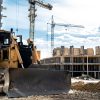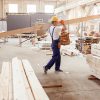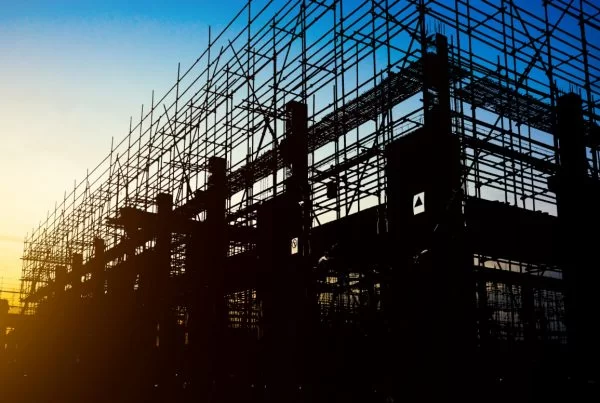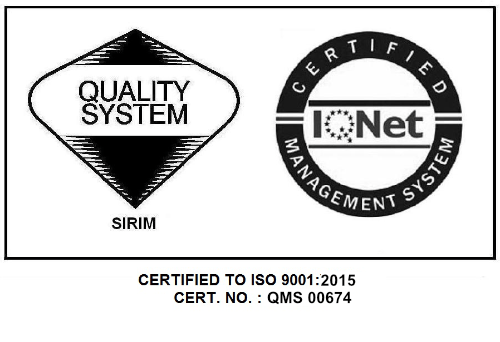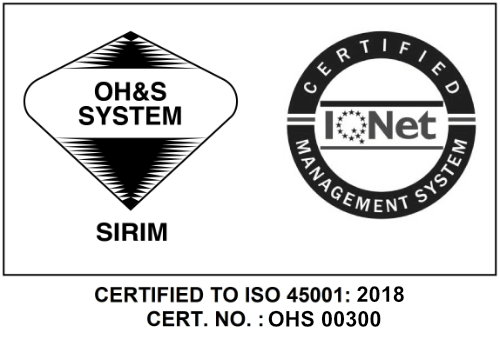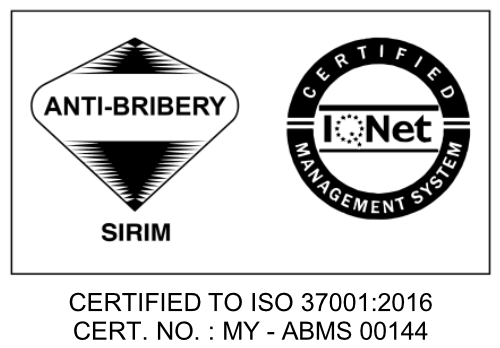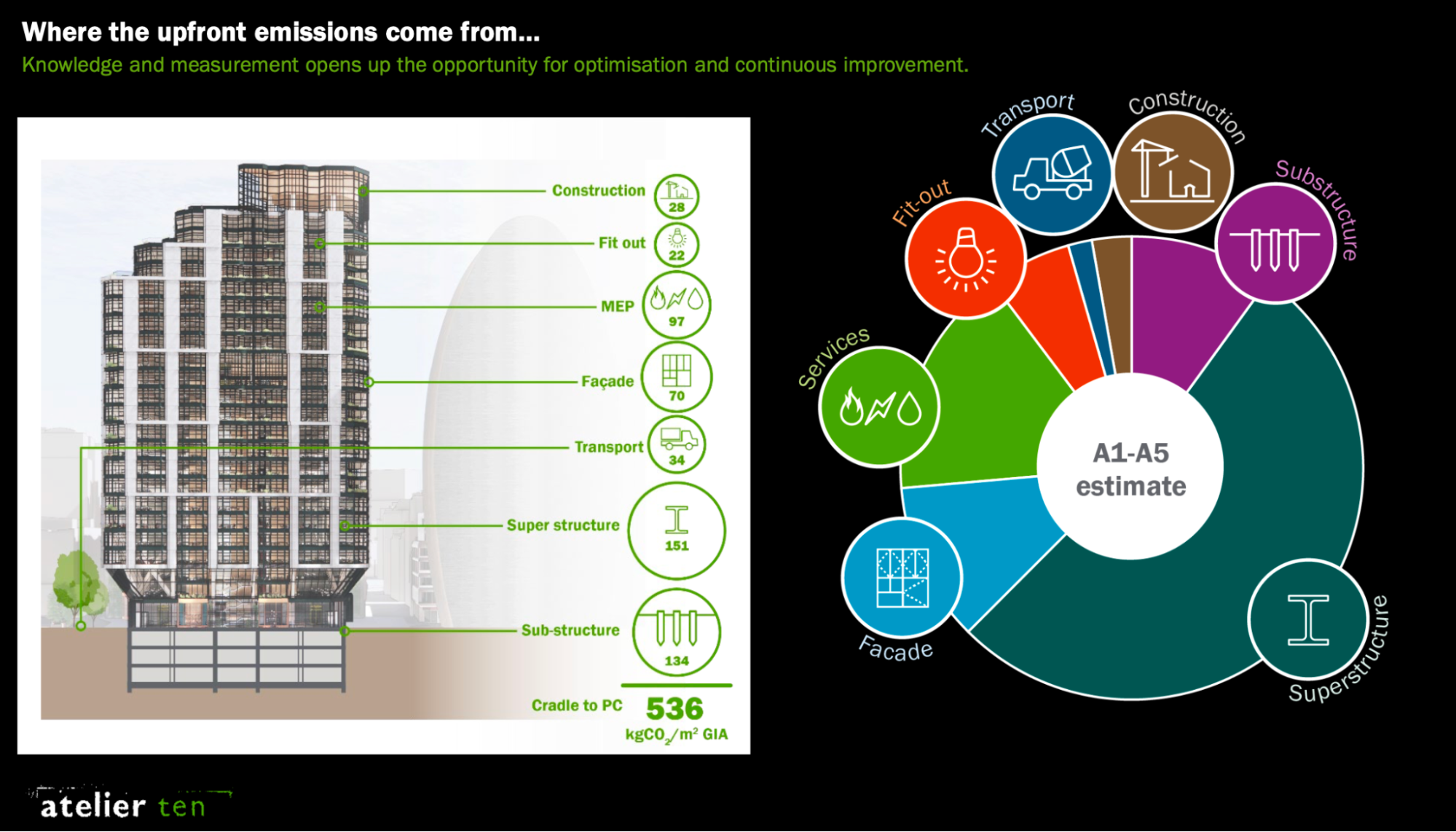
Achieving net zero in the built environment isn’t just about using less energy, it’s about rethinking how buildings are conceived, constructed and used over time. While operational carbon (energy used during a building’s life) has long been the focus of sustainable design, embodied carbon – the emissions from materials and construction processes – is now recognised as the bigger, more immediate threat.
Embodied carbon is released upfront, before a building even opens its doors. That includes the mining, manufacturing, transportation, and installation of materials such as concrete, steel, and glass. In some building types, over 80% of lifetime emissions occur before the lights are ever switched on.
Design strategies must now account for both operational and embodied carbon. A shift is underway: using smaller structural grids, hybrid structures (e.g., concrete + timber), and minimising basements can yield significant savings. Rationalised façades and natural ventilation help avoid unnecessary MEP (mechanical, electrical and plumbing) complexity, reducing both cost and carbon.
The presentation also stressed the importance of adaptive reuse. Rather than demolishing and rebuilding, reconfiguring and extending existing structures can avoid up to 25% of a project’s carbon footprint. In design terms, simplicity and reuse are no longer compromises; they are necessities.
Form also matters. “Structural gymnastics” such as large cantilevers and unconventional massing might dazzle visually, but they usually come at the cost of high embodied emissions. Prioritising functionality and longevity is key to sustainable elegance.

But reducing carbon is not enough. The presentation concluded with a call for regenerative design, a holistic approach that aims to restore, replenish and reconnect. This means going beyond minimising harm to actively creating environmental and social value: restoring ecosystems, supporting biodiversity, and rethinking human-nature relationships.
Whether designing a corporate HQ or a public park, today’s architects and engineers must ask themselves: “Is this project healing or harming?” With every material specified and every system chosen, the opportunity to make a lasting, positive impact is within reach.
Net zero is no longer a distant ambition; it is the baseline. And if we’re to meet that goal, we must work with nature, not despite it.
Related article
Part 1: From Anthills to Architecture – Lessons from Nature in Sustainable Design


